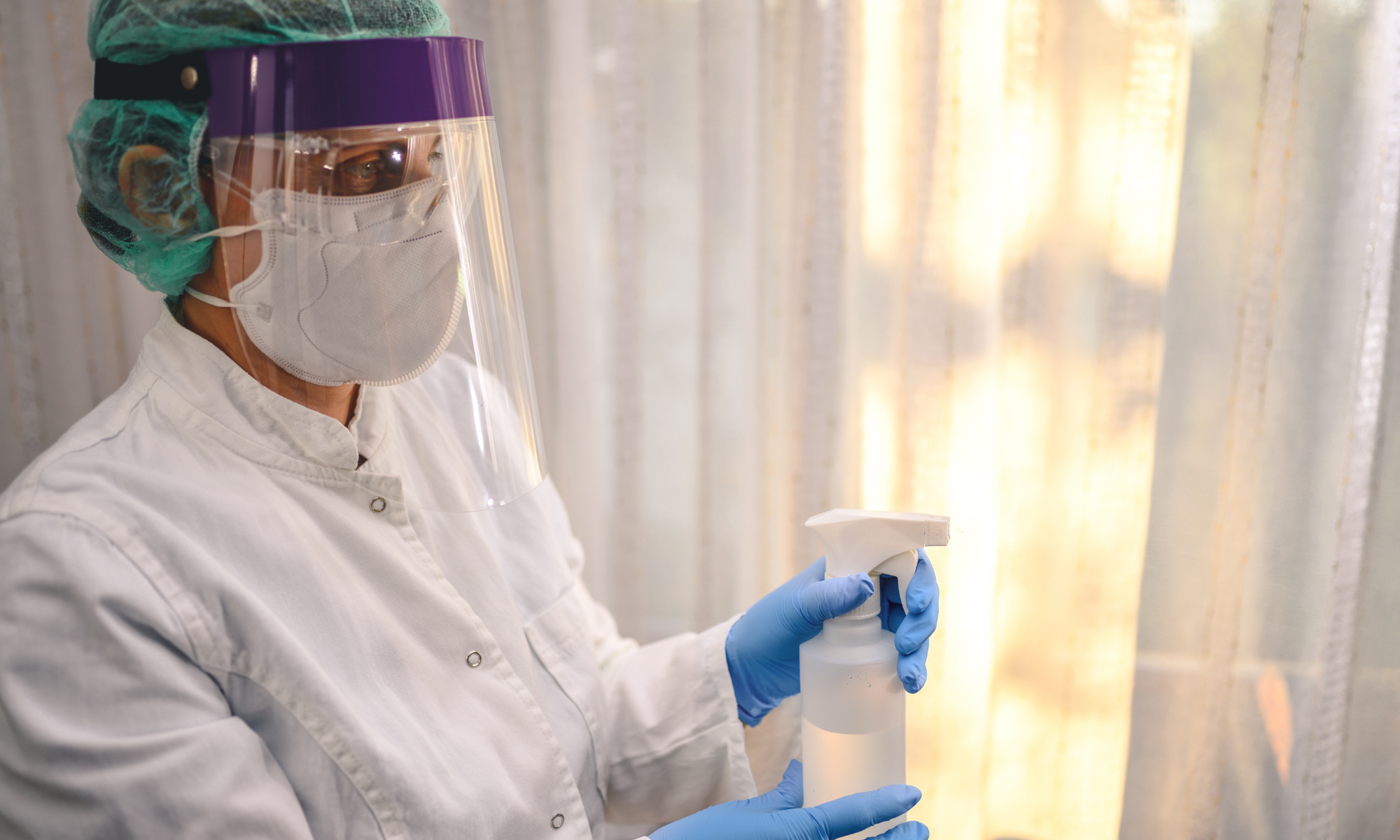Disinfectants In Hospitals: Effective Bacteria Killers, But Dna Survives

Antimicrobial resistance is a looming challenge in healthcare settings globally. As bacteria evolve to resist existing drugs, there's a growing risk of untreatable infections. Researchers at the University of Washington have recently explored the effectiveness of common disinfectants in tackling not just bacteria, but also the genes responsible for antibiotic resistance.
In a study published in Environmental Science & Technology, the team evaluated nine common disinfectants like ethanol, hydrogen peroxide, and UV light, against three strains of antibiotic-resistant bacteria. Their focus was on both eliminating the bacteria and damaging their DNA, the latter being the root cause of resistance.
The research, led by Huan He, who completed this work as a doctoral student and is now an assistant professor at Tongji University, highlights a critical insight: stopping bacteria doesn't necessarily destroy their DNA. These resistance genes can survive and, through a process called horizontal gene transfer (where genes move between organisms), potentially spread to other bacteria.
As Michael Dodd, a UW associate professor explained, the study found that while disinfectants are effective at killing bacteria, they often fall short against DNA. Surprisingly, cleaners like chlorine were less effective against DNA than expected, whereas phenol showed unexpected promise. UV light emerged as a top performer, damaging both bacteria and their DNA.
This research underscores the importance of reevaluating disinfection practices in hospitals. Although current methods are vital for disease control, understanding which disinfectants best tackle both bacteria and their genes can refine protocols. For instance, UV light may be a better choice over benzalkonium chloride when dealing with resistant pathogens.
Moving forward, the researchers aim to optimize disinfection strategies by considering factors such as temperature and humidity, potentially guiding hospitals in choosing the most effective cleaning agents.
This study was supported by various institutions, including the National Science Foundation, and included contributions from several researchers now working globally in academia and healthcare.